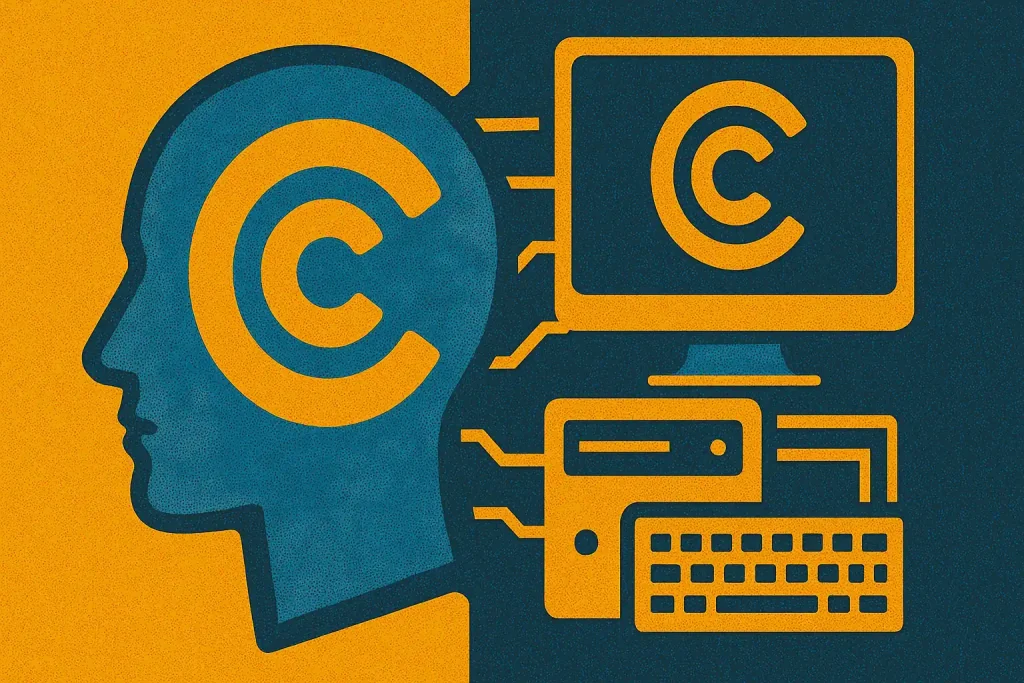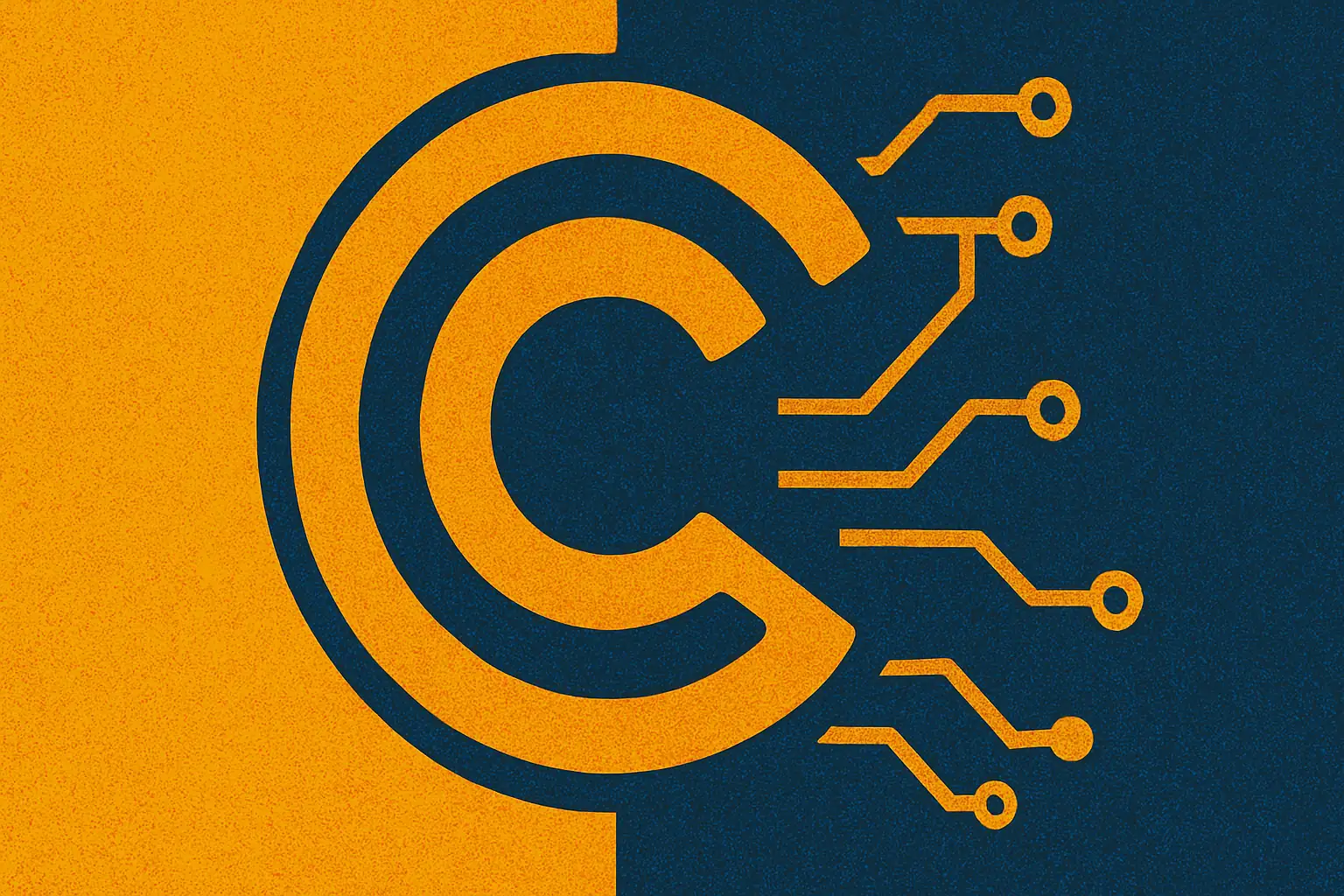Built by Anthropic, Claude AI focuses on producing outputs that are aligned with human intent, making it a strong competitor in the gen AI space. Understanding matters not only for researchers but also for businesses, developers, and users who rely on modern AI technology. Unlike older systems, Claude is designed with safety and interpretability in mind, making it a tool that supports transparency. It can assist in writing, research, coding, and decision-making while following ethical boundaries.
In this article, we will define Claude AI, break down how it works, explore its history, and highlight its applications across fields such as robots, computer systems, and business intelligence. By the end, you will have a clear overview and its importance in artificial intelligence.
Definition

Claude AI is a conversational AI system created by Anthropic, an AI research company founded by former OpenAI researchers, the definition centers on its identity as a large language model (LLM) designed for safe, helpful, and honest interactions. Often described as a next-generation chatbot that can analyze text, generate content, answer complex questions, and provide contextual explanations. It operates using natural language processing (NLP), allowing it to understand human instructions and deliver meaningful outputs.
Synonyms or variations used within the AI technology space include “Claude chatbot,” “Claude assistant,” or “Anthropic AI system.” Each refers to the same model, with an emphasis on ethical alignment. Unlike traditional computer systems that follow fixed programming, Claude AI adapts dynamically through machine learning. The definition of Claude AI also includes its focus on Constitutional AI—a method where the system is guided by predefined principles to ensure safe outputs. This approach reduces harmful or biased responses, making Claude AI a significant milestone in the evolution of artificial intelligence.
Detailed Explanation
Claude AI is powered by large language models that have been trained on vast amounts of text data, enabling it to recognize patterns, process context, and generate meaningful responses. At its core, the system uses machine learning algorithms to predict the next word or phrase in a sequence, but its sophistication lies in the way it adapts and aligns responses with human expectations. Unlike older AI models, Claude integrates Anthropic’s “Constitutional AI” approach, which guides its outputs according to principles of fairness, safety, and helpfulness.
It can draft professional documents, summarize research, generate creative stories, and explain technical concepts in simplified language. These capabilities make it not only a tool for entertainment but also a resource for businesses, researchers, and developers. Claude AI also stands out for its adaptability in diverse applications. It can interact with computer systems, support decision-making processes in business intelligence, and enhance human-machine collaboration in fields like robotics.
Within the realm of generative AI, it contributes to creating innovative content such as scripts, dialogue, or training materials. Its use of reinforcement learning and safety alignment makes it particularly well-suited for industries that require reliable and ethical AI technology.
History or Origin
The origins trace back to Anthropic, founded in 2021 by former OpenAI employees, including Dario and Daniela Amodei. These researchers wanted to build AI systems that prioritize safety and alignment, addressing concerns that other models could produce harmful or unpredictable outputs.
The first version, Claude 1, launched in early 2023. It was designed as a conversational assistant capable of drafting text and summarizing information. Shortly after, Claude 2 was released with improvements in reasoning, coding support, and natural language understanding. Each version reflected Anthropic’s commitment to refining AI through alignment research. The choice of the name “Claude” honors Claude Shannon, the father of information theory, symbolizing the model’s roots in computational science and intelligence. This naming also emphasizes Claude’s foundation in computer systems and mathematics.
By mid-2024, Claude AI gained popularity among developers and enterprises for its focus on reliable performance and reduced risk. Today, it continues to evolve, shaping discussions about the future of gen AI and safe artificial intelligence.
Applications or Uses
Customer Support
Enterprises use Claude AI chatbots to provide 24/7 support, answer customer queries, and resolve issues with personalized recommendations. These tools reduce wait times, improve customer satisfaction, and lower operational costs by automating repetitive questions. Many companies also integrate Claude into multi-language systems, allowing them to support global customers more efficiently.
Finance and Trading
In the blockchain space, Claude assists traders by analyzing market data, identifying patterns, and reducing risks in digital currency environments. It helps manage crypto accounts and supports trading strategies, offering real-time alerts that enable faster decisions. Hedge funds and institutional investors experiment with Claude to enhance trading algorithms, showing how AI technology integrates with traditional finance and cryptocurrency ecosystems.
Healthcare
Doctors and researchers summarize medical records, generate treatment options, and make complex terminology more accessible to patients. It supports diagnosis by cross-referencing symptoms with global medical databases, making it an important resource for clinical decision-making. Hospitals also use Claude to streamline administrative processes, saving time for both staff and patients.
Education
It creates study guides, answers questions, and provides interactive learning for students and teachers. It adapts explanations to different levels of understanding, ensuring both beginners and advanced learners gain value. In addition, it helps teachers prepare lesson plans and assessments, highlighting its value as a modern educational assistant.
Creative Content
Artists and writers use it to draft stories, scripts, and music. This creativity highlights its versatility beyond technical tasks. Musicians experiment with Claude for lyric generation, while filmmakers use it for early-stage scriptwriting. These uses show that AI is not just about efficiency but also about fueling imagination.
Business Intelligence
Enterprises employ Claude AI to analyze large datasets, extract insights, and support decision-making. It works seamlessly within modern computer systems to enhance productivity, identify market trends, and detect inefficiencies. Startups and large corporations alike leverage it for reporting, forecasting, and streamlining operations.
Security
In cybersecurity, Claude detects suspicious blockchain transactions, identifies threats, and strengthens defenses against fraud, protecting sensitive data across AI technology platforms. This application is particularly important in protecting digital currency systems, where real-time monitoring can prevent losses.
Together, these applications reveal how Claude AI is not limited to research—it is an active tool transforming industries worldwide. From crypto wallets to healthcare solutions, it blends intelligence with adaptability, proving its place as one of the most versatile AI technologies in use today.
Resources
- Anthropic: Meet Claude AI
- TechCrunch: Anthropic launches Claude AI assistant
- Forbes: Claude AI vs ChatGPT: A Comparison
- VentureBeat: How Claude AI is changing artificial intelligence
- Wired: Inside Anthropic’s AI safety mission

